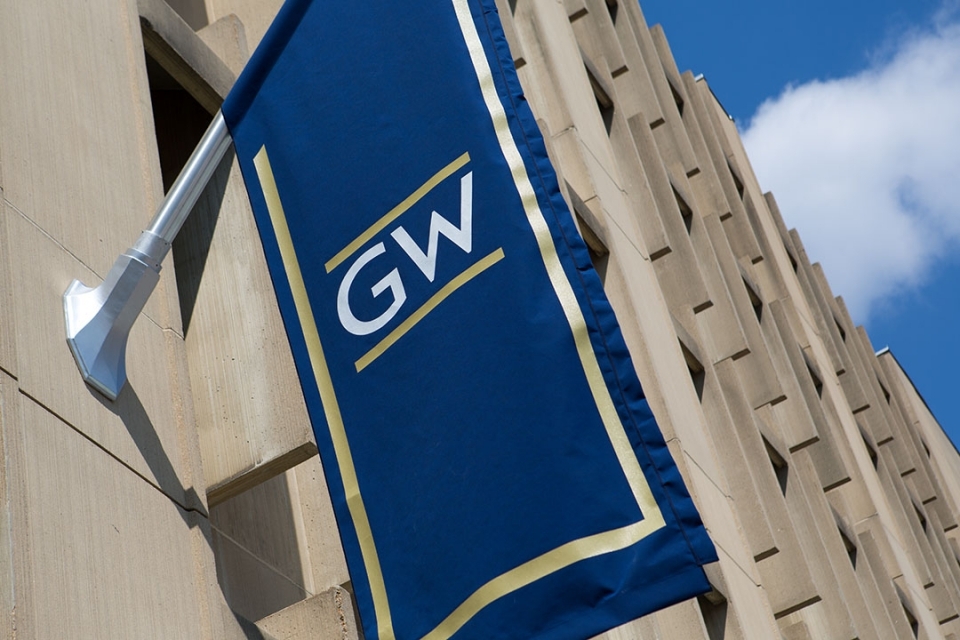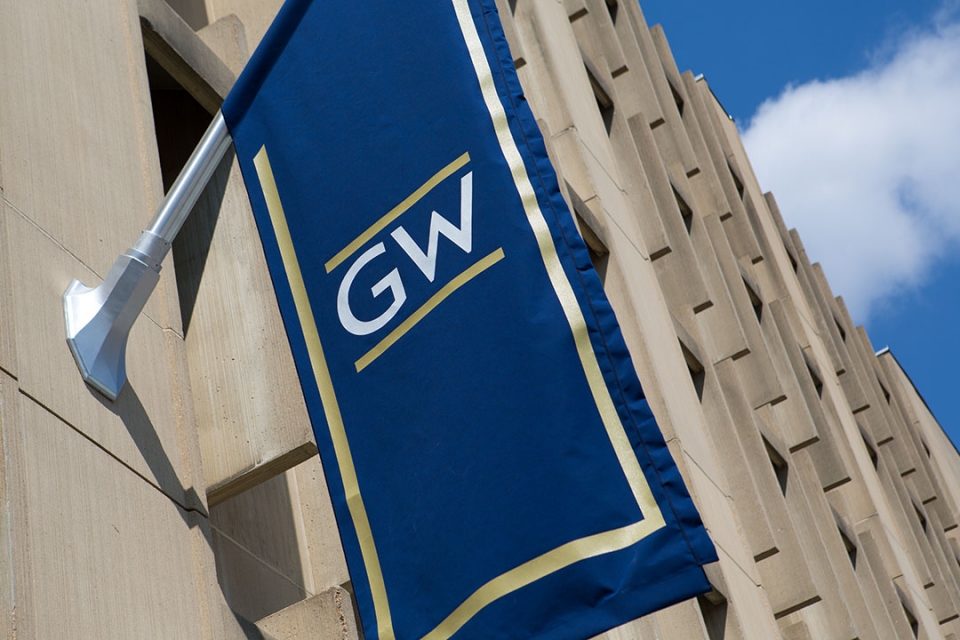The George Washington University has sold a portion of its royalty rights to sales of a drug originally developed at the School of Medicine and Health Sciences, officials announced Friday, allowing GW to reinvest significant funds into strategic priorities in academics, research and innovation and accelerating its growth as a preeminent research university.
The first and only FDA-approved drug of its kind, GIAPREZA™ is used to increase dangerously low blood pressure in life-threatening situations and has the potential to benefit hundreds of thousands of patients in the United States every year.
“This is an extraordinary example of GW research and innovation at its best,” said President Thomas LeBlanc. “A treatment developed here will improve clinical care and save lives, while at the same time provide resources for our university to reinvest in research for the next big discovery. Our impact on society will only continue to grow.”
The university, through its Technology Commercialization Office (TCO), and faculty often work together to bring research to market. TCO helps researchers secure intellectual property licenses, patents and technology commercialization partnerships, among other assistance.
Engagement between TCO and faculty has increased in the past five years, said Steve Kubisen, TCO managing director. Patents filed on GW inventions have doubled, GW-licensed startups secured more than $200 million in outside funding and licensing income to GW has increased dramatically.
“The university has seen an increase of faculty who are eager to introduce their inventions to the market to impact the world around them, and this is a very good trend,” said Vice Provost for Faculty Affairs Christopher Bracey, who oversees TCO. Efforts to improve the university’s research ecosystem to better support faculty also are helping, he added.
The development of GIAPREZA™ began several years ago. With funding from the university, a team at SMHS conducted a clinical trial at GW testing the effectiveness of a peptide hormone, angiotensin II, on blood pressure.
They found that it narrowed blood vessels and increased dangerously low blood pressure in patients experiencing septic or other distributive shock, which can result from an infection (sepsis), allergic reaction or severe accident and ultimately decrease blood flow to vital organs like the brain and heart.
Seeing the promising results, the FDA allowed for an expedited drug-approval process. The university entered into a license agreement in 2014 with La Jolla Pharmaceutical Company for GW’s intellectual property rights, allowing the company to complete the FDA approval process and bring the drug to market. The FDA approved GIAPREZA™ in 2017.
The recent decision to sell a portion of GW’s royalty rights to sales of GIAPREZA™—a “royalty monetization agreement”—is the first of its kind in university history, Mr. Bracey said. It allows GW to receive a lump sum of funds that can be used immediately for strategic priorities, rather than wait for fluctuating royalty payments over many years.
Although the university cannot disclose the amount under the terms of the agreement, it allows GW to make “far-reaching” investments in its academic and research missions, Mr. Bracey said.




